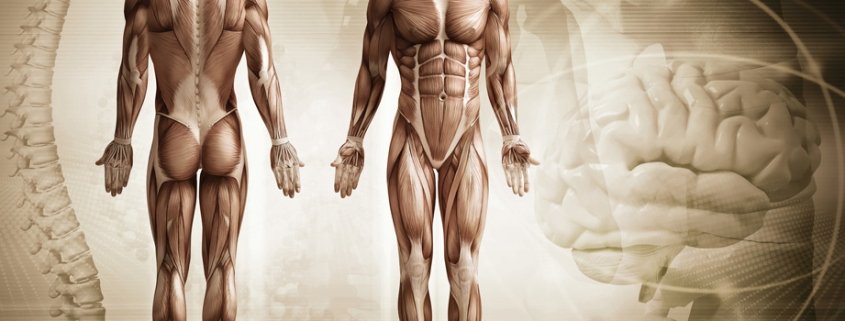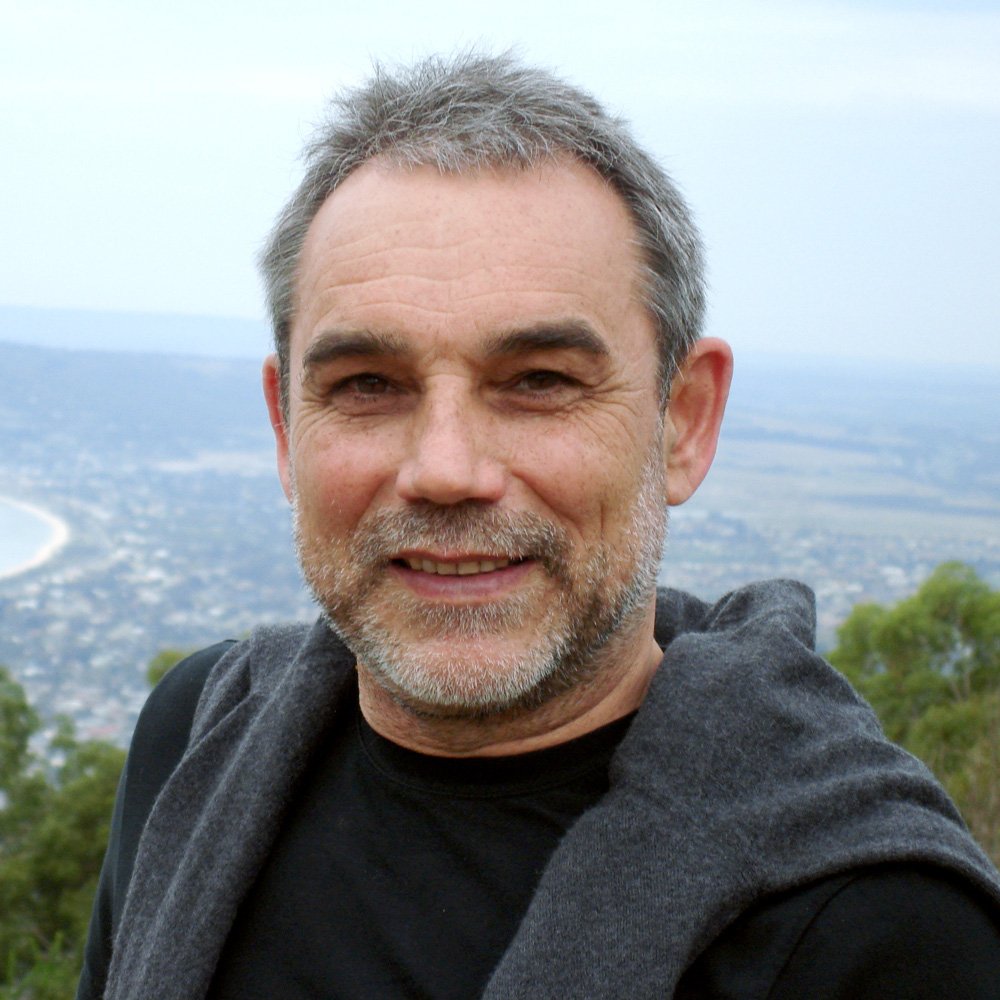Theory & Practice: Athlete’s Muscles
I hear discussions of muscles and fibers and I wonder if people participating in the discussion are talking about doing something or is it a theoretical discussion of anatomy. If you’re studying anatomy or have scientific interest in the topic of muscles, tissues and fibers then it makes sense, but if you’re an athlete of any level or a coach – while it might satisfy some curiosity, it won’t serve practical purpose.
Types of ‘Knowing’
Within the context of athletics and training there are things we need and don’t need to know in a sense of practically useful information. It is human nature to want to know. However, just because we’re curious about various layers of muscles, it doesn’t mean we need to know, or that that type of knowing will be practically helpful for performing a specific task. As a matter of fact, certain types of information prevent people from seeing the big picture. It’s ok to amass information, but it is also important to not lose sight of the correct hierarchy of things.
Knowing various types of muscle fibers or singling out various muscle groups, their structure and their function will not make a practical difference and will not make you a better athlete. If you want to be better at running, throwing, jumping, lifting, swimming, etc – what you need to know is how to do it and what specific action(s) to take to make it happen.
Ego VS Body
Whether we want to acknowledge it or not, our body, our muscles “know” what they need to do and they do it. Our problems begin when we insist on controlling every aspect of our body moving in space and time. Add to that the fact that most people either have zero instruction or the wrong instructions on HOW to move and it is not difficult to see the potential mess we can get into.
While we think about what we assume our muscles should be doing in order to move our leg this way or that way, and we think of what muscles should be firing or working – our body and its constituent parts have already not only activated the necessary parts, but most likely have already finished the job, too. The speed of our thought, no matter how fast we assume we think, is a lot slower than any interaction that naturally goes on within a human body. So, unless it is your intent to slow yourself down, think only of the action that needs to happen to promote a particular task at hand, i.e. if you want to run, think only of pulling your foot up to change support. The rest of the elements of a particular athletic activity should be worked on and brought to the level of autopilot in training sessions.
‘Big Picture’ Hierarchy
The most logical place to start the hierarchy of movement is our environment. Our movement is not a random and independent twitching of muscle fibers. Our whole body is at the mercy of natural forces that make up our world and are ruled by gravity. It holds everything together. Gravity is the starting point.
Gravity gives us bodyweight. No gravity -> no bodyweight -> no movement. Gravity less than on Earth -> same body different weight -> dramatic changes in basic movement (Ex.: running turns into hopping)
Dr. Nicholas Romanov, founder of the Pose Method, demonstrates how our active muscle efforts are useless without the presence of body weight. How do you use your muscles when running? Have you ever been told to “fire your glutes”? In this video, watch how your muscles can be rendered useless when you can’t apply your body weight.
Muscles’ Purpose
All muscles are equally important. We should not take our body apart – these muscles are for running, these fibers are for speed, these are for cycling, and these are for lifting, etc. This is not how it works. This confusion comes from lack of understanding of how our body operates. Each muscle and muscle group perform their own important function, and, as we can see, they are all connected. All muscles work in sync. The synchronization includes the entire body and extends all the way to our heartbeat.
Now let’s zoom out to see the big picture. Muscles, along with tendons and ligaments, hold the whole body together and provide an intricate network of mechanisms that allow movement. ‘Allow’ is the keyword. Without our bodyweight, the same network of muscles still provides the same mechanisms yet movement either does not happen at all, or looks very differently.
As far as movement is concerned, our muscles mean nothing without our bodyweight. Muscles do not create or initiate movement. Muscles play the supporting role.
Recommended:




 Pose Method Publishing, Inc
Pose Method Publishing, Inc
Leave a Reply
Want to join the discussion?Feel free to contribute!